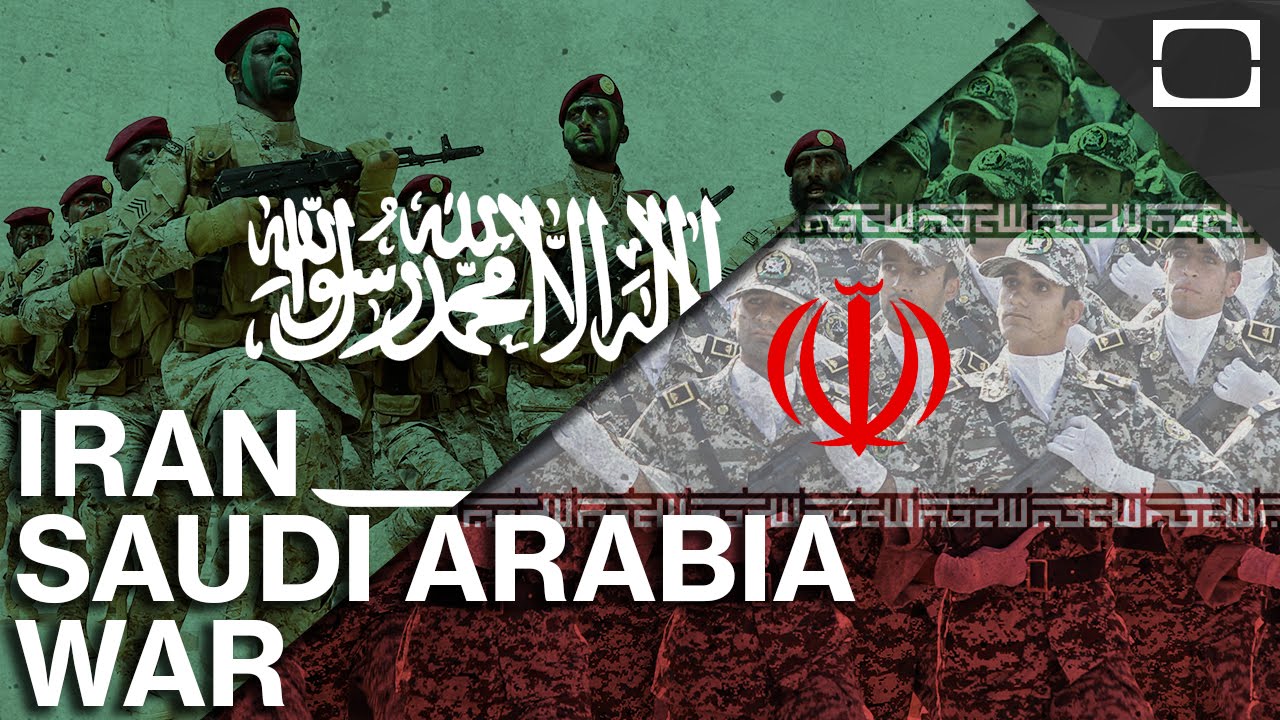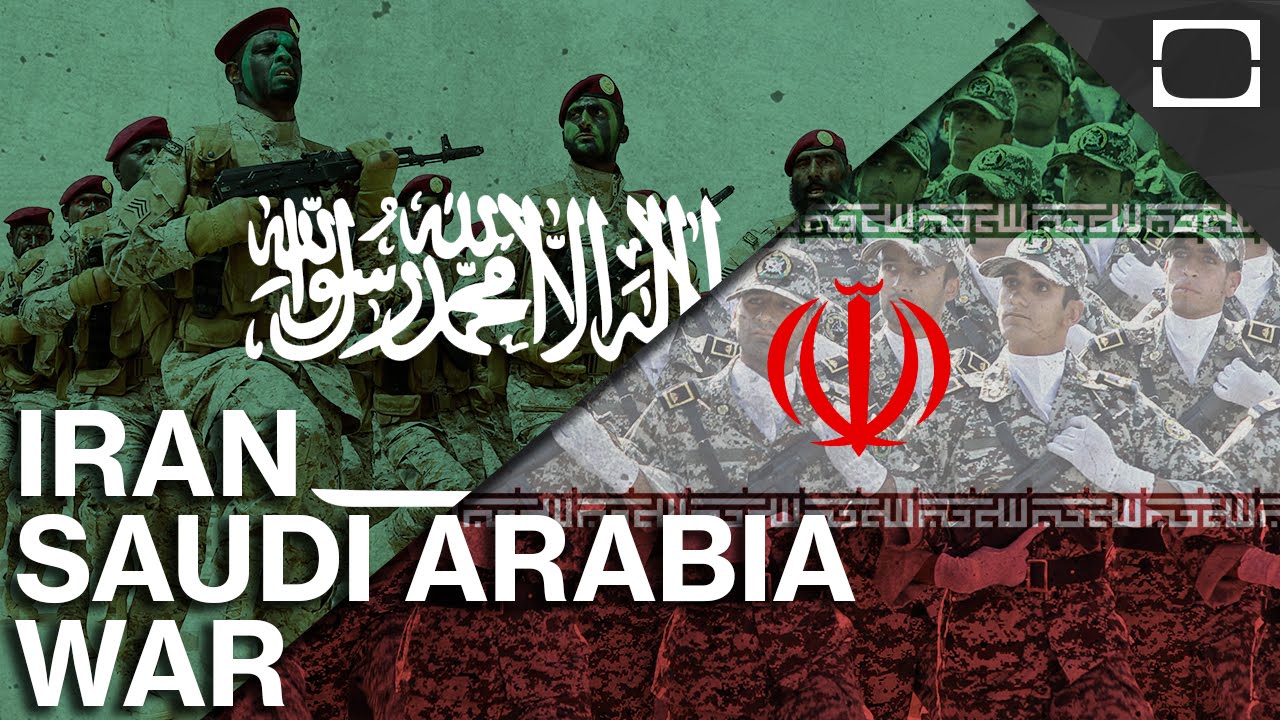
The remark Wednesday by the Russian Deputy Foreign Minister and Presidential envoy for the Middle East Mikhail Bogdanov offering Moscow’s mediation for a rapprochement between Riyadh and Tehran comes within the week of the Saudi King Salman bin Abdulaziz’s talks with President Vladimir Putin in the Kremlin. Bogdanov was on a visit to Rabat and probably had the Middle East audience in view. He knew most certainly that the weekend is approaching when the US President Donald Trump is expected to outline a new containment strategy against Iran.
Bogdanov’s remark profiles Russia as a unique peacemaker in the centre stage of Middle East politics. No great power ever seriously toyed with such a tantalizing idea. But how realistic is the idea?
An essay penned by Iran’s Foreign Minister Mohammad Javad Zarif in the Atlantic magazine recently takes a panoramic view of the troubled relations between his country and its neighbours. The title of the essay aptly sums up its thesis – Foreign meddling has wrought a fractured Middle East. The heart of the matter is that the problematic relationship between Iran and Saudi Arabia is not a ‘bilateral’ issue – nor can it be regarded as an issue of ‘reconciliation’. On the other hand, Saudi Arabia does not represent the Sunni Arab states, either. Nonetheless, Bogdanov is also right when he says that it becomes easier to resolve the burning problems of the Middle East (such as Syria, Iraq or Yemen) if Saudi Arabia and Iran could work together.
Zarif brilliantly analyses the factors at work that historically complicated the relations between Iran and its neighbours through the period since the Islamic Revolution in 1979. Make no mistake that oil – and the control of world oil market as a key template of the Cold War – has been at the root of the geopolitics of the Middle East for the past 7 decades. But we tend to forget that the US and its regional allies instigated Saddam Hussein to launch the 8-year war against Iran with the sole objective of asphyxiating the Islamic Revolution whose ideals of justice, nationalism, independent foreign policies, resistance to foreign domination, etc. and whose chosen path of representative rule were perceived as posing an existential threat to the established order. In fact, the US’ sanctions against Iran date back to that period – much before the petard of Iran’s nuclear programme was raised.
Suffice to say, the Iran-Saudi rift cannot be addressed except with the underpinning of a regional process. Zarif wrote in his article, “To achieve this outcome, we should be erecting a working regional mechanism… We can start with a regional dialogue forum… Such a forum should naturally be based on respect for the sovereignty, territorial integrity, and political independence of all states; the inviolability of international boundaries; non-interference in others’ internal affairs; the peaceful settlement of disputes; the impermissibility of threats or use of force; and the promotion of peace, stability, progress, and prosperity in the region. A forum based on these principles could eventually develop more formal nonaggression and security cooperation arrangements between all the parties.”
Are the countries of the region ready for such a regional process? Indeed, will Iran and Saudi Arabia be genuinely willing to be one among equals? What is the guarantee that the external powers would restrain themselves when the Middle East has become an arena where the tensions betwixt them are also playing out? There are no easy answers.
At any rate, even with the advent of shale oil, the importance of the Middle East will remain in the US strategies, given the critical role of petrodollar recycling for the Western financial system. Therefore, the current scenario is rather gloomy, because the US is highly unlikely to allow a level playing field being made available to Iran to normalize its relations with the Gulf states, as that would inevitably put question marks on the raison d’etre of the US’ military bases in the region where an estimated 45000 American troops are presently deployed. The US is sure to continue to fuel the atavistic fears of the Sunni Arab states. Saudi Arabia, after all, is by far the biggest market for the American arms manufacturers.
Perhaps, what is possible is a Saudi-Iranian mutual accommodation, which would be useful for calming some of the ‘hotspots’ – similar to what happened in the case of the Taif accord ending the civil war in Lebanon. Of course, the possibility remains that the topic of Saudi-Iranian normalization would have figured in King Salman’s talks with Russian President Vladimir Putin last week. Immediately after Salman’s visit to Russia, last Friday Bogdanov had received Iran’s ambassador to Russia Mehdi Sanaei. The Russian Foreign Ministry press release said
The two diplomats exchanged opinions on the developments in the Middle East with a focus on matters concerning a Syrian settlement, including those in the light of the results of the 6th International Meeting on Syria in Astana. The two officials confirmed the importance of maintaining close interaction plus coordination between Moscow and Tehran on the regional agenda, both in bilateral as well as multilateral formats.
To be sure, the power dynamic in the Middle East is rapidly changing. (Tehran and Riyadh have toned down their rhetoric lately.) The Middle East has a history of hurling surprises.
Reprinted with permission from Indian Punchline.

